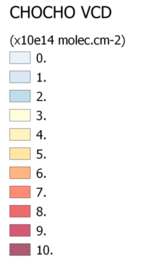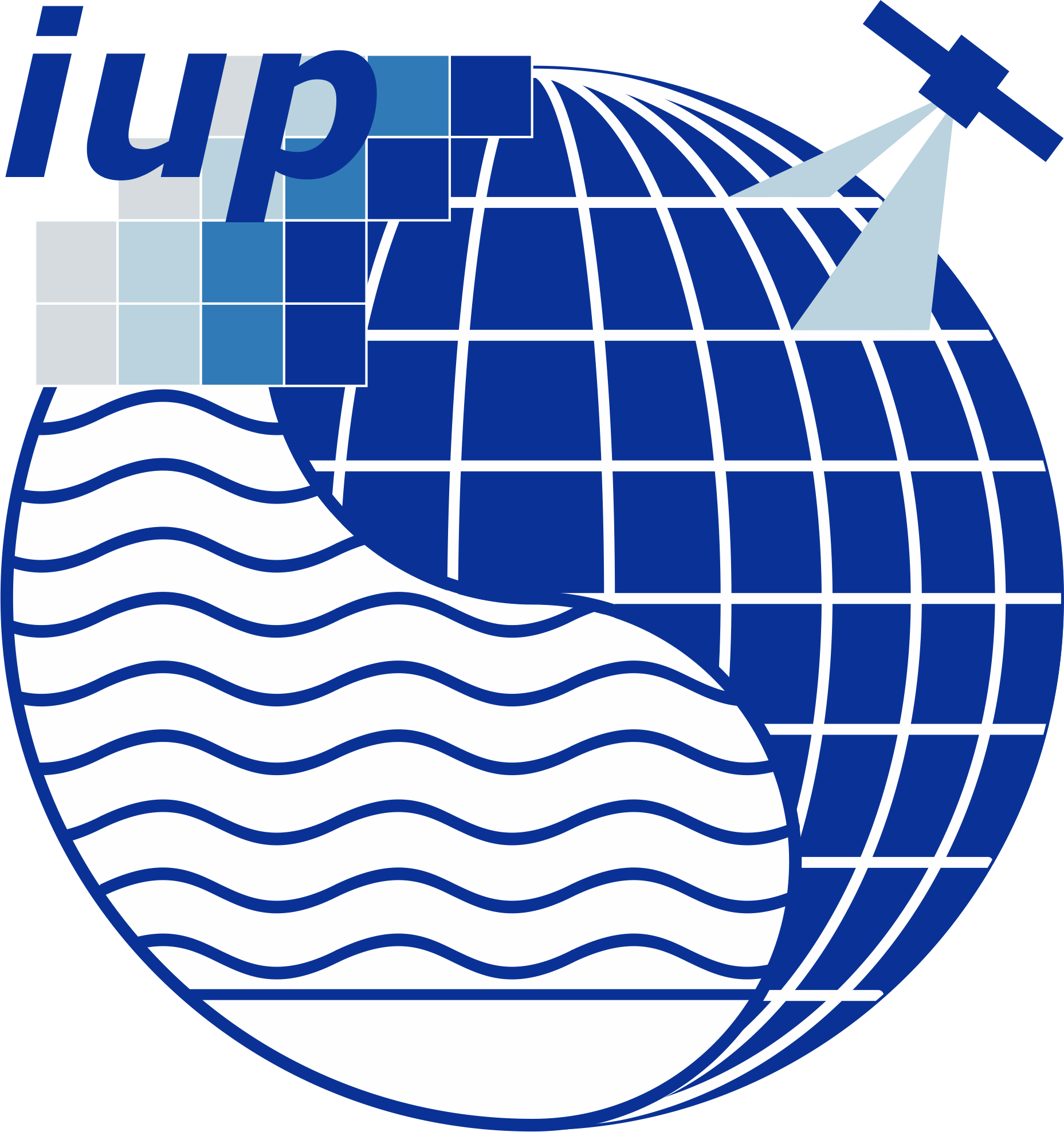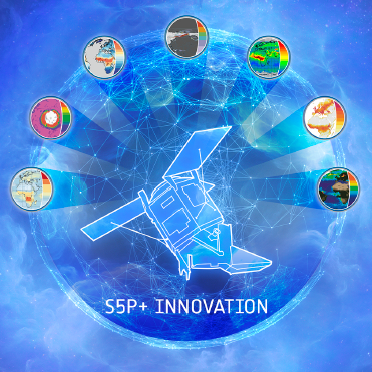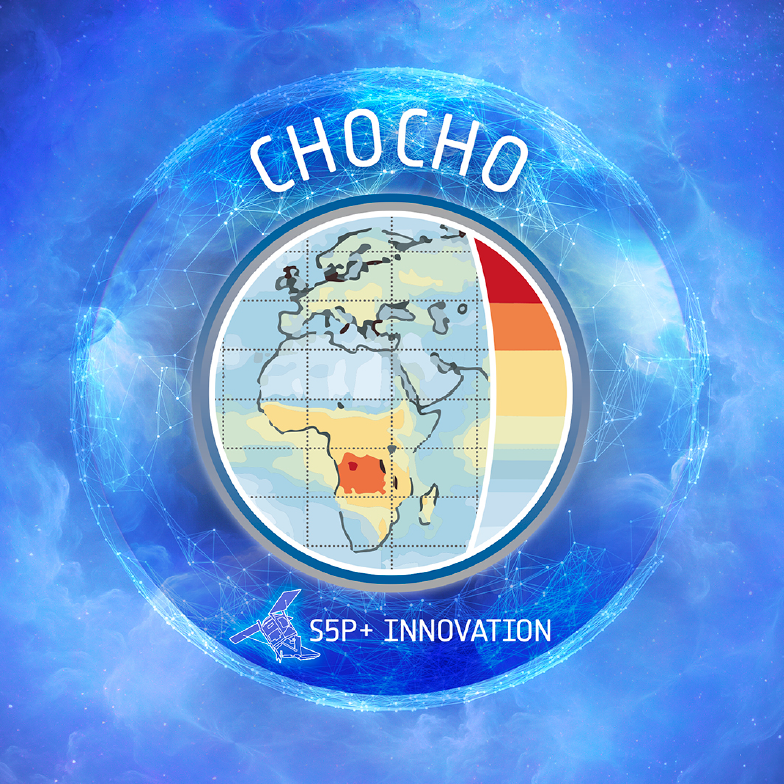THE PROJECT
The GLYRETRO (GLYoxal Retrievals from TROPOMI) activity is one of the seven themes from the ESA S5p innovation (S5p+I) project, which aims at further exploiting the capability of the S5p/TROPOMI instrument with the development of a number of new scientific products.
The GLYRETRO project, proposed by both the Royal Belgian Institute for Space Aeronomy and the Institute of Environmental Physics at the University of Bremen, has been successfully kicked-off on July, 1st 2019 and will last two years. The objectives are manifold and can be listed as
- To develop a scientific glyoxal (CHOCHO) tropospheric column product
- To collect independent data sets in order to validate the satellite observations
- To pave the way towards an operationalization of the developed S5p glyoxal product
- To demonstrate the added-value of the S5p glyoxal product for the user community.
For more information on the project, contact Isabelle De Smedt (isabelle.desmedt at aeronomie.be)
WHAT IS GLYOXAL?
and why is it interesting to observe it?
Glyoxal is the most abundant dicarbonyl present in our atmosphere and is directly emitted from biomass burning and also results from the oxidation of precursor non-methane volatile organic compounds (NMVOC). It is currently estimated that about 70% of its production originate from natural sources and fires, while the remaining 30% come from human activities. With a short lifetime (~3 hours), elevated glyoxal concentrations are observed near emission sources. Measurements of atmospheric glyoxal concentrations therefore provide quantitative information on VOC emission and can help to better assess the quality of current inventories. In addition, glyoxal is also known to contribute significantly to the total budget of secondary organic aerosols, which impact both air quality and climate forcing.
The figure below shows a typical spatial distribution of the glyoxal tropospheric columns based on a preliminary analysis of the TROPOMI observations. The largest glyoxal concentrations are observed in Tropical regions where important biogenic emissions take place, but also intense fire events occur. At mid-altitudes, the elevated signal are mostly observed during the local Summertime season when both biogenic emissions become non-negligible, and important fires can take place. For example, intense wild fires took place in the Northern United-States and Canada during Summertime 2018, which led to huge emissions of many pollutants, including glyoxal. Finally, enhanced localized glyoxal columns are clearly visible over very populated area and cities due to anthropogenic activities (e.g. Bangkok, New Delhi, Mexico, Moscow, Pretoria,…)









